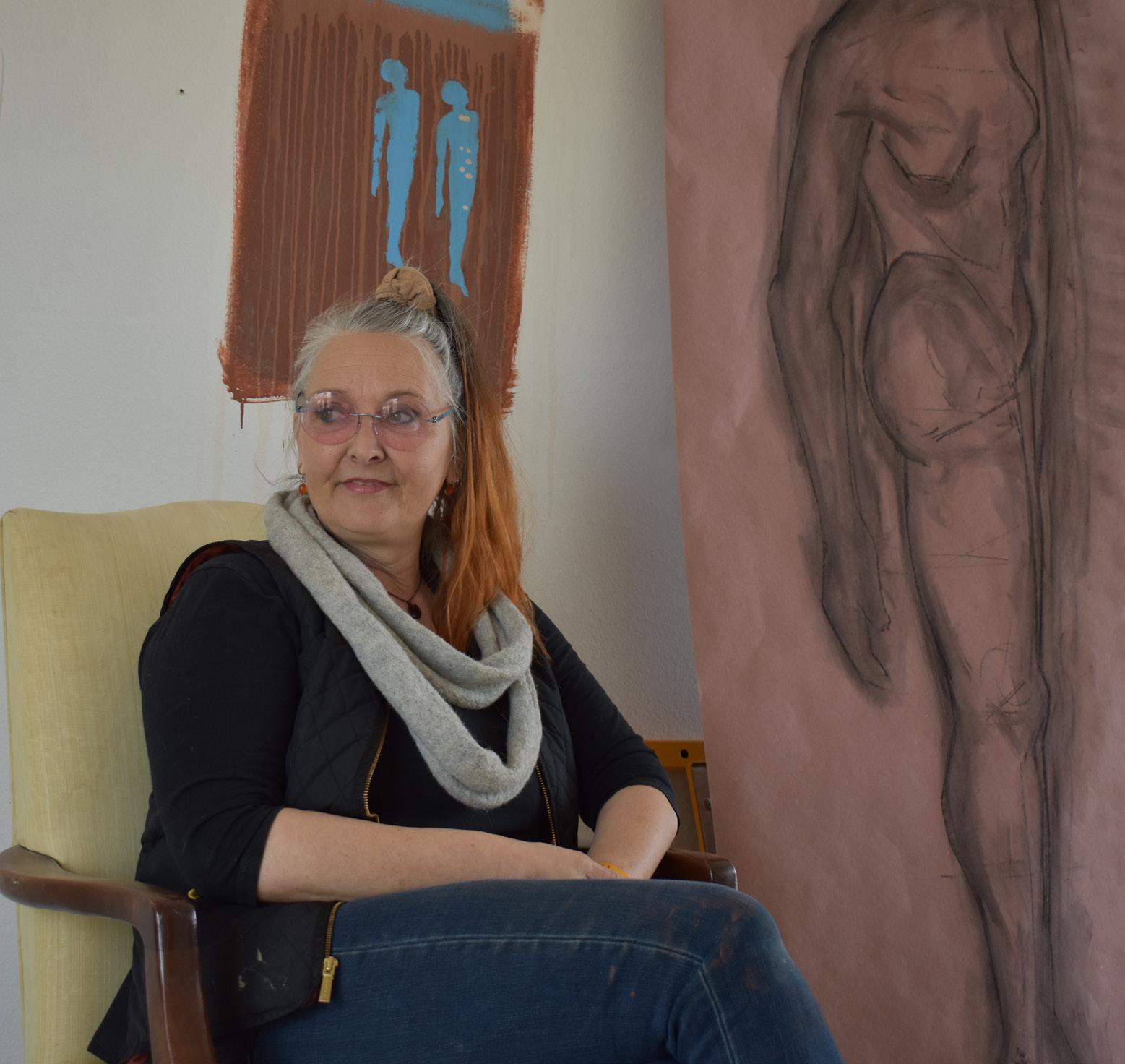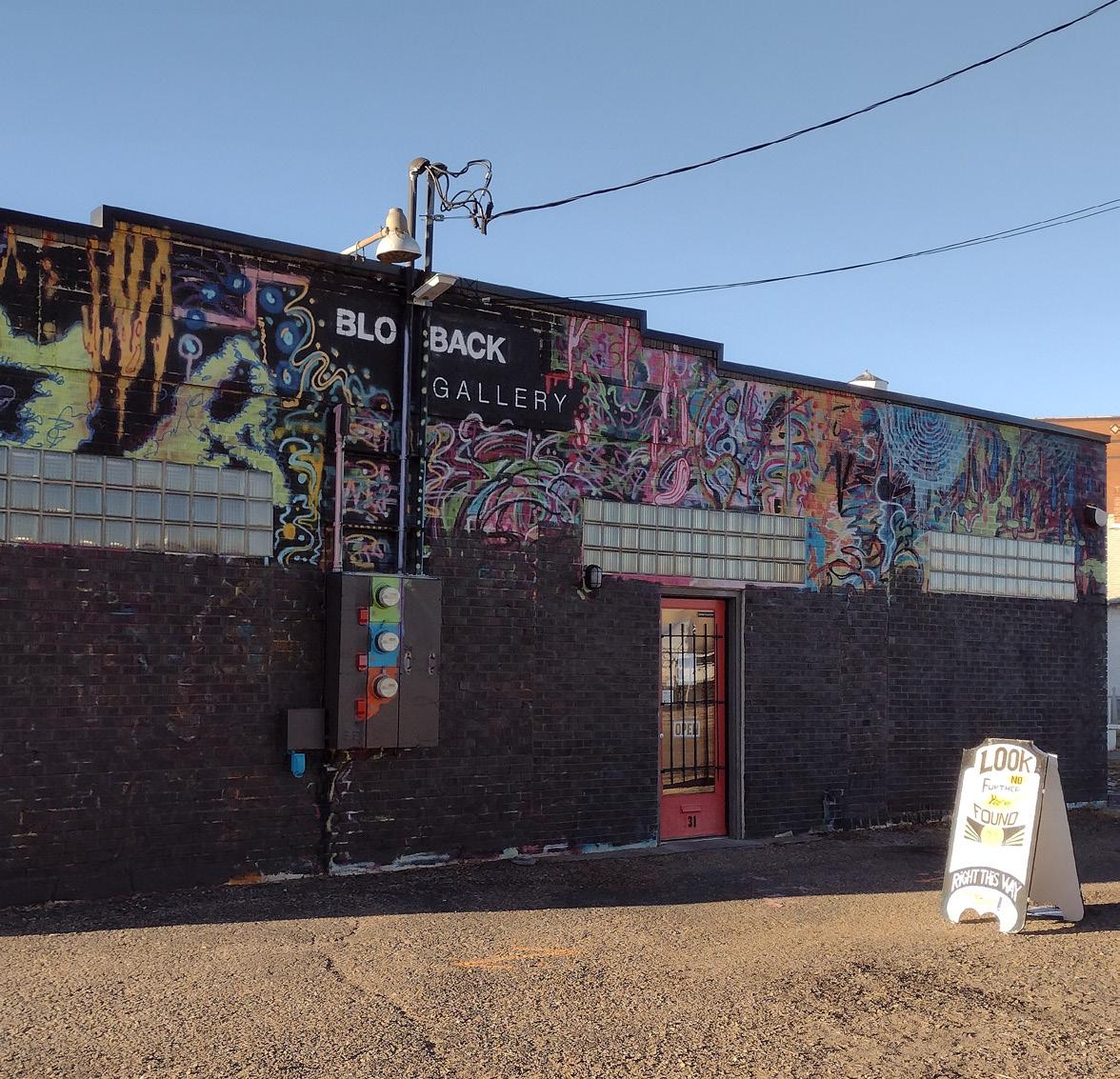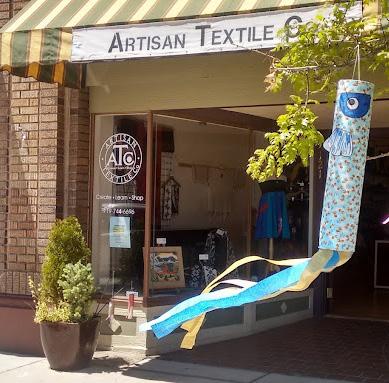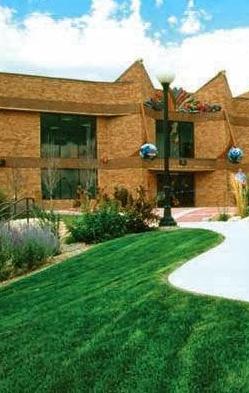
1 minute read
First Friday Art Walk
Beauty in the mud
a look into installation process at Blo Back Gallery
Advertisement
By Rory Harbert
Alarge swath of rust-colored mud poured into one third of the narrow hall: this pueblo-clay mixture will dry out over the duration of the exhibition. The installation will be displayed for the entirety of March and begin to crack, creating a constantly transforming exhibit. In addition, a mural will be painted on the opposite wall. It depicts an androgynous figure rising into a blue sky. This mural will also be covered in clay. At its foot, a framed trough will be filled with the same clay and sprinkled with alfalfa and broccoli seeds. Over the month, the sculptural and performance artist will pour water over the top of the mural, letting the muddy water run down the wall which, if all goes as expected, will erode the clay, revealing the mural, and provide water to the seeds to sprout in the mud at the figure’s feet.
The “Cracked Earth-Rising Blue” installation by Helen Eberhardie Dunn opens at 6 p.m. on March 3 at Blo Back Gallery, at 131 Spring St.
Dunn is the director of Sky Soul Studio, where she creates her art, as well as offers private classes and one-on-one tutoring. Dunn has a Master of Fine Arts from the Royal College of Art in London. It was there she started incorporating performance art and other mediums in her artistic style. She teaches as an adjunct professor at Colorado State University Pueblo, Pueblo Community College and Pike’s Peak Community College.
Dunn was inspired by how the mud had cracked in a culvert near her house, where she and her family worked to get a plaster of this ephemeral sighting before any water washed it way—as it did a week later in a flood.
For this exhibit: there are many processes that will evolve over its time installed at the gallery. Many separate processes will contribute to the monthlong evolution of Dunn’s exhibit. Once the gallery is open to the public, she cedes control to the natural change in the elements that comprise her work.

“That’s the key: change over time,” she said.
With careful planning and a lot of trial-and-error, Dunn can only make predictions about how this will work out. She has experimented with how the clay will crack by creating different mixtures of locally sourced clay and the perfect amount of water. Cutting the Pueblo red clay with a more in- continued on page 18
















